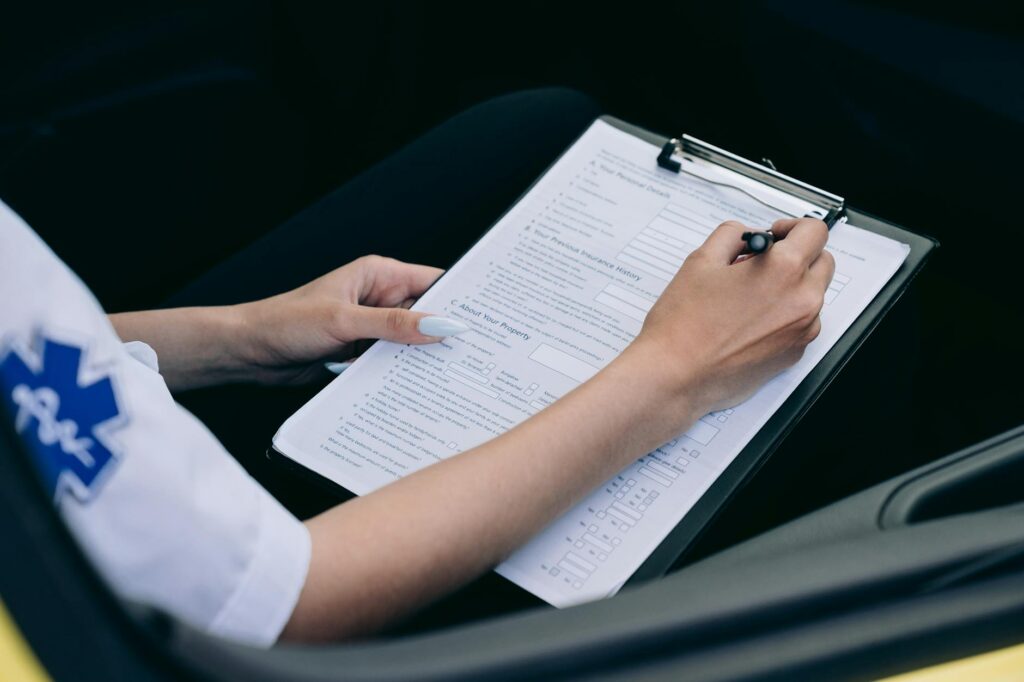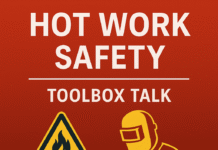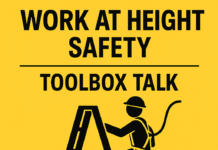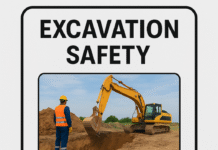
First Aid Report Form | Free Download
Introduction to First Aid Report Forms
What is a First Aid Report Form?
A First Aid Report Form is a document used to record details about any injury or illness that happens in the workplace or any other setting. It includes the who, what, when, where, and how of the incident. Think of it as a storybook for accidents—only it’s meant for legal, safety, and medical purposes.
Why is it Important?
You might wonder, “Why all the paperwork?” Here’s the thing: documenting first aid incidents ensures accountability, helps identify safety hazards, protects the employer legally, and ensures proper medical follow-up. In some places, it’s even a legal requirement!
Key Elements of a First Aid Report Form
Basic Information Section
This section captures the fundamental details like the name of the injured person, date, time, and location of the incident. Think of it as setting the stage for what happened.
Incident Details Section
Here’s where you describe what led to the incident. Was it a slip on a wet floor? A machinery malfunction? This part is crucial for understanding the root cause.
Injury Description
Specify the type of injury. Was it a cut, burn, or sprain? Mention the body part affected and the severity of the injury.
First Aid Provided
What treatment was given on-site? Bandaging, CPR, antiseptic? List the supplies used and the response timeline.
Witnesses and Additional Notes
If anyone saw what happened, their names and statements should be included. Extra notes can offer valuable context.
Legal and Compliance Considerations
OSHA and Workplace Requirements
In the U.S., OSHA (Occupational Safety and Health Administration) mandates accurate reporting of workplace injuries. Failing to maintain proper documentation can result in fines or legal action.
Data Protection and Privacy Laws
Always remember: these forms contain sensitive data. Make sure your forms comply with GDPR, HIPAA, or other relevant laws based on your location.
Who Should Fill Out the First Aid Report Form?
First Aider’s Role
Usually, the person administering first aid completes the form. They have the most accurate account of what happened and what care was given.
Employer’s Responsibility
It’s the employer’s duty to ensure these forms are available, completed, and stored correctly. They’re not just pieces of paper—they’re legal records.
When Should the Form Be Completed?
Immediate Documentation
Timing is everything. The form should be filled out as soon as possible after the incident. Delays can lead to forgotten details and inaccurate information.
Follow-Up Procedures
Sometimes, injuries worsen or require medical attention later. Update the form with any follow-up visits or treatments.
Best Practices for Accurate Reporting
Clear and Concise Language
Use simple and direct language. Don’t complicate things—this isn’t a novel.
Using Standard Terminology
Stick to recognized first aid terms. Instead of saying “he looked sick,” say “exhibited symptoms of nausea and dizziness.”
Avoiding Assumptions
Don’t guess. If you’re unsure about something, note that clearly. Assumptions can lead to liability issues.
Digital vs. Paper Forms
Benefits of Digital Forms
Digital forms are faster, more organized, and easier to store. Plus, they can be accessed from anywhere and time-stamped automatically.
Challenges and Considerations
Not all workplaces have access to digital tools, especially remote or field locations. Also, make sure your digital system is secure.
Common Mistakes to Avoid
Missing Information
Skipping sections weakens the report. It’s like telling a half-finished story.
Illegible Handwriting
If you’re using paper forms, make sure they’re readable. Otherwise, it defeats the purpose.
Failing to Submit the Form
Filling it out is step one. Submitting it to the appropriate personnel is just as important.
Sample First Aid Report Form Layout
Example Format
- Employee Name
- Date/Time of Incident
- Location
- Description of Incident
- Type of Injury
- First Aid Given
- Names of Witnesses
- Signature of First Aider
Customization Tips
You can add checkboxes, dropdowns, or digital signatures to tailor the form to your organization’s needs.
First Aid Report Form | Free Download
To simplify your workplace safety procedures, we’re providing a free downloadable First Aid Report Form that you can start using immediately. Whether you’re a safety officer, HR manager, or supervisor, having a ready-to-use form ensures that you’re always prepared to document incidents quickly and accurately.
What’s Included in the Free Template?
Our professionally designed First Aid Report Form includes the following sections:
- Employee Details – Name, Department, Job Title
- Incident Information – Date, Time, and Exact Location
- Description of Incident – What happened and how
- Nature of Injury – Type of injury and body part affected
- First Aid Given – Treatment administered and by whom
- Witness Details – Names and contact info of anyone who saw the incident
- Follow-Up Actions – Any additional care or reporting
- Signatures – Injured person, first aider, and supervisor
Benefits of Using Our Template
✅ Easy to Fill Out
✅ Printable and Digital Formats
✅ Fully Customizable (Word & PDF)
✅ Complies with Safety Standards
✅ Saves Time and Reduces Errors
How to Use the Form
- Download the Template – Choose either the Word or PDF version.
- Fill in the Details – Right after a first aid incident occurs.
- Save or Print – Keep a copy for your records or email it to the safety officer.
- Store Securely – Ensure it’s stored safely for audits or legal use.
Download Now
Click the link below to download your free First Aid Report Form:
Training Staff on Proper Usage
Conducting Workshops
Hold short, engaging sessions on how to complete the forms. Practice with mock scenarios.
Regular Refresher Courses
Reinforce training annually or after major incidents to keep everyone sharp.
Archiving and Recordkeeping
How Long to Keep the Forms
Keep them for at least 3–5 years depending on your local laws. Some industries require even longer retention.
Digital Storage Solutions
Use secure cloud platforms with restricted access. Backup copies are a must.
Importance in Health and Safety Audits
Supporting Safety Culture
Proper use of first aid forms shows that your company takes safety seriously. It’s a foundation for a proactive safety culture.
Providing Evidence for Investigations
If things escalate to investigations or claims, these forms are gold. They provide clear timelines and factual accounts.
Real-Life Examples of Effective Use
Workplace Injury Case Study
At a manufacturing plant, a worker reported a small burn. The report led to a review, revealing faulty PPE—which was replaced across all shifts.
Construction Site Incident Report
A fall was recorded on a first aid form, which later supported a successful claim for better safety barriers on scaffolds.
Conclusion
A First Aid Report Form isn’t just another document to toss in a drawer—it’s a vital tool that can make or break your response to workplace incidents. By understanding how to fill it out properly, when to use it, and how to store it, you’re not just ticking boxes—you’re creating a safer work environment for everyone.
Fire Safety Training PDF | Free Download
Excavation Safety Training PDF | Free Download
Work at Height Training PDF | Free Download
Hot Work Training PDF | Free Download
Risk Assessment PPT for Construction Safety – Free Download
FAQs
Q1: Can I fill out the First Aid Report Form later in the day?
It’s best to fill it out immediately to ensure accuracy, but if delayed, do it as soon as possible while the details are still fresh.
Q2: Is it necessary to file a report for minor injuries like paper cuts?
Yes. Even minor injuries should be logged for transparency and trend tracking.
Q3: Can employees view their own First Aid Report Form?
Yes, employees have the right to see documentation related to their health and safety.
Q4: Are digital first aid forms legally accepted?
Absolutely, as long as they meet your local legal standards and are securely stored.
Q5: Who should I give the completed form to?
Typically, it should go to your HR or Safety Manager, depending on company policy.
























